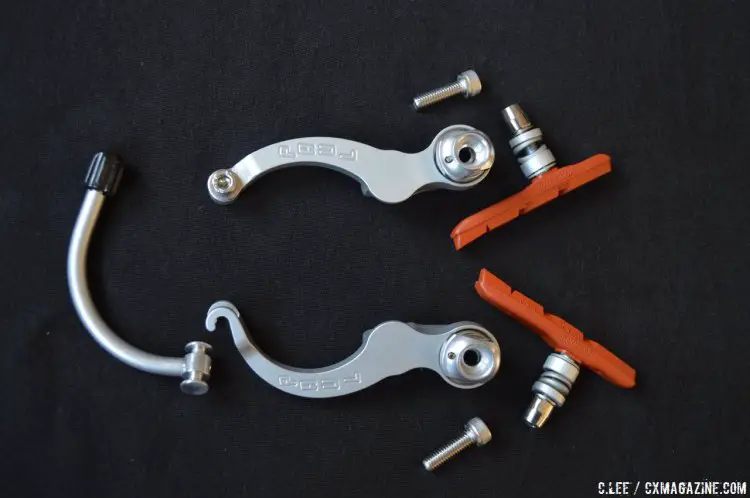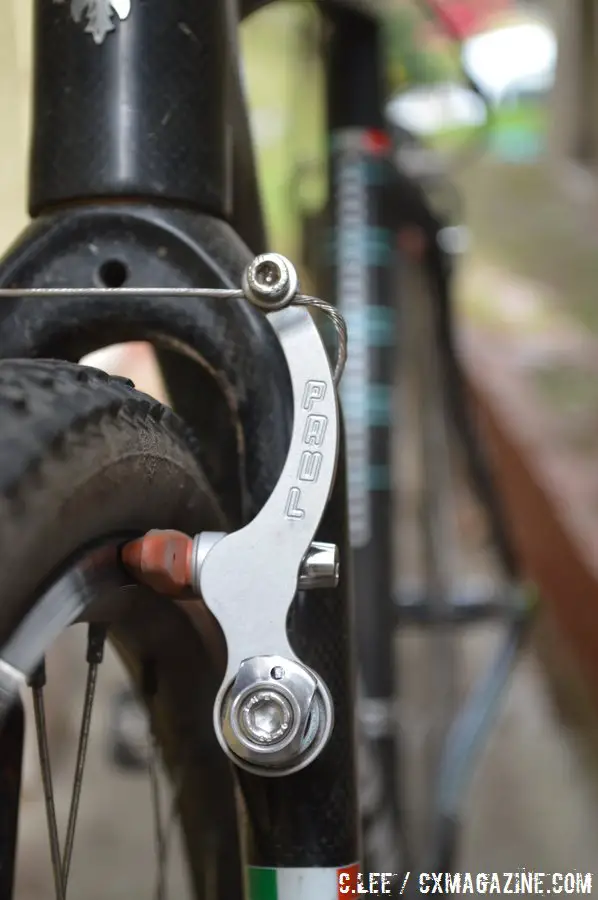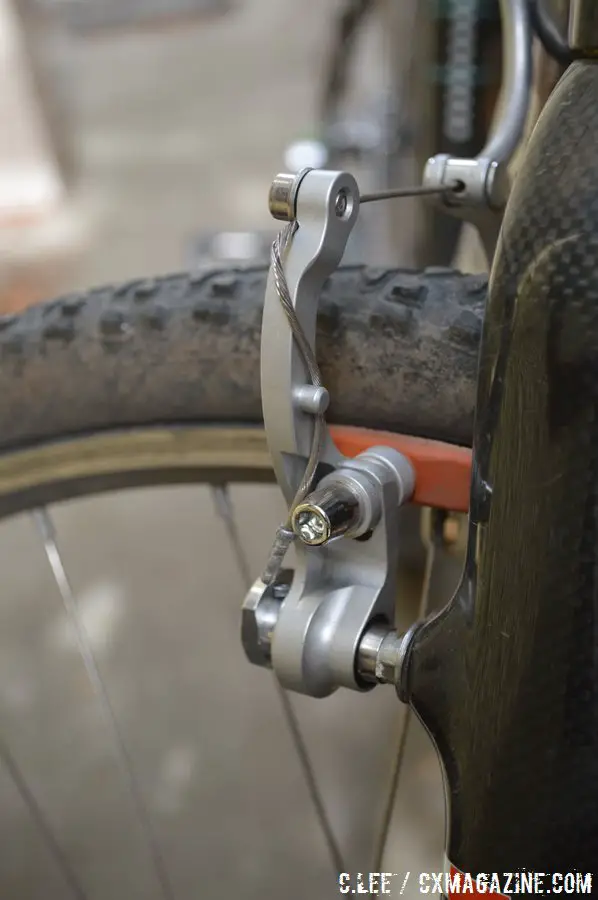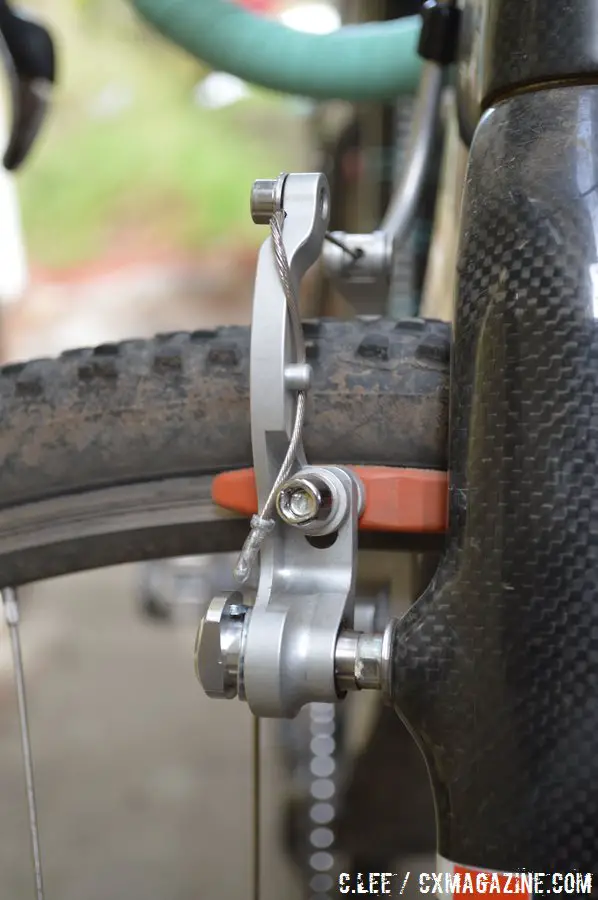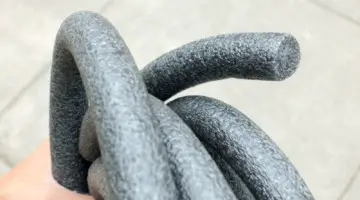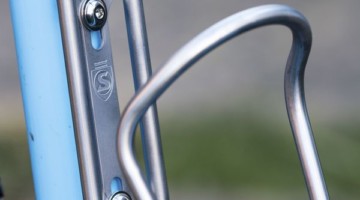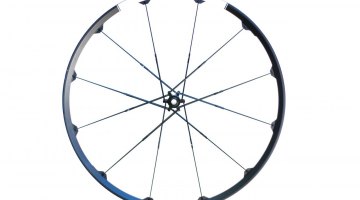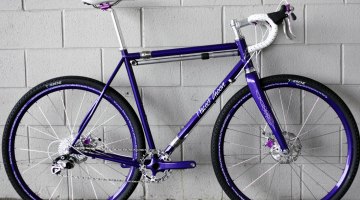Less than a handful of years ago, cyclocross bikes were iconic for having cantilever brakes and the debate raged on about the merits and demerits of wide or narrow profile designs. Paul Components ruled the roost in the United States with both designs, both versions using an innovative sealed bushing and spring system that made set up a breeze if you had the right 15mm wrench on hand.
Now that disc brakes are the rage in the U.S., rim brakes seem to be going the way of the cassette tape, except that 80% of the bikes you see at your local race have rim brakes. Not to mention that many professionals in Europe are still using rim brakes. Just before the disc wave hit, mini-linear pull cantilever brakes, nicknamed “mini-V brakes” (alluding to the coinage of V-Brake by Shimano) became popular. The short arm linear pull brakes were used in BMX, and known to be appropriate for the cable pull of road brake levers.
TRP introduced the CX 9 and CX 8.4 that we reviewed in Issue 10 and Issue 16 respectively. At the same time as the later released CX 8.4 came Paul Components’ MiniMoto as the U.S. manufactured option to the “mini-V” racer.
Initial Impressions
The Paul Components uses the the same sealed bushing and spring assembly as the Paul Components cantilevers, but attached to elegantly asymmetrically curved arms. Compared to their direct competition, the TRP CX 8.4’s, the MiniMotos are 20 grams lighter per brake (complete) and have a slightly narrower arm stance when mounted thanks to the inward curve of the arms. The included cable noodle is lined, has a barrel adjuster at the top, and mounts directly to the hooked left arm. Missing is a dirt-defying rubber boot where the cable exits the noodle. The pivot-to-cable-anchor arm length is a familiar 84mm that seems to work just right with road levers. Paul includes the long, Thinline KoolStop pads of the excellent salmon compound.
Interesting that the MiniMoto’s largest audience is likely the cyclocross rider, but the long length of the Thinline pads prevents the brake arm from opening all the way on some frames and many forks for easy tire clearance in a wheel change. At least the pad is thin, which helps, but at this price a set of road length cartridge shoes would ease that minor complaint.
Setup
In setup and use, the MiniMoto is both elegant and excellent. The MiniMotos do not use the spring holes of the bike’s cantilever bosses, instead sliding its stainless steel bushing over the boss and utilizing mounting bolt tightness to hold the dialed in spring tension. This also allows easy centering of the brake arms in the shop, but not on the trail unless you ride with a 15mm wrench.
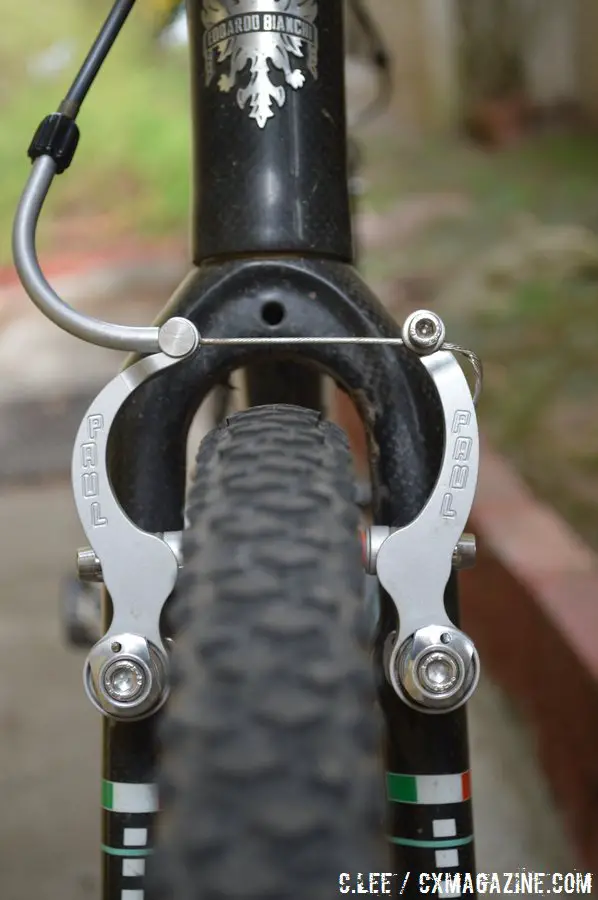
The MiniMoto has the inward curve of the arms, which creates a slightly narrower arm stance. © Clifford Lee
Power and modulation with the included long salmon pads is excellent—something we’ve come to like about “mini-V’s” over most cantilevers, but maybe be longer salmon pads add something to that. The pads of ‘mini-V’s” have to run a bit closer than some cantilevers, particularly the wide profile designs, which may be a concern if you live in an area with sticky mud that builds up on the rim, but if that’s not a typical problem, it is nice to have superior stopping control.
The other upside to a liner pull brake like the MiniMoto is that it’s an easy way to avoid or reduce fork chatter you experience with a cantilever brake.
If you are looking for a rim brake upgrade, a “mini-V” brake should be considered and the Paul Components MiniMoto should be high on the list for aesthetics, thoughtful design, made in America build quality, and light weight.
Paul MiniMoto Cyclocross Mini V-Brake Specs:
Weight: 86 grams arms alone with mounting bolts only, 150g complete.
Geometry: 84mm pivot to cable anchor point
Clearance: 7mm cable pull moves pads 1.5mm each side (total 3mm pad movement)
MSRP: $125/wheel
Country of Origin: United States of America
More info: paulcomp.com













